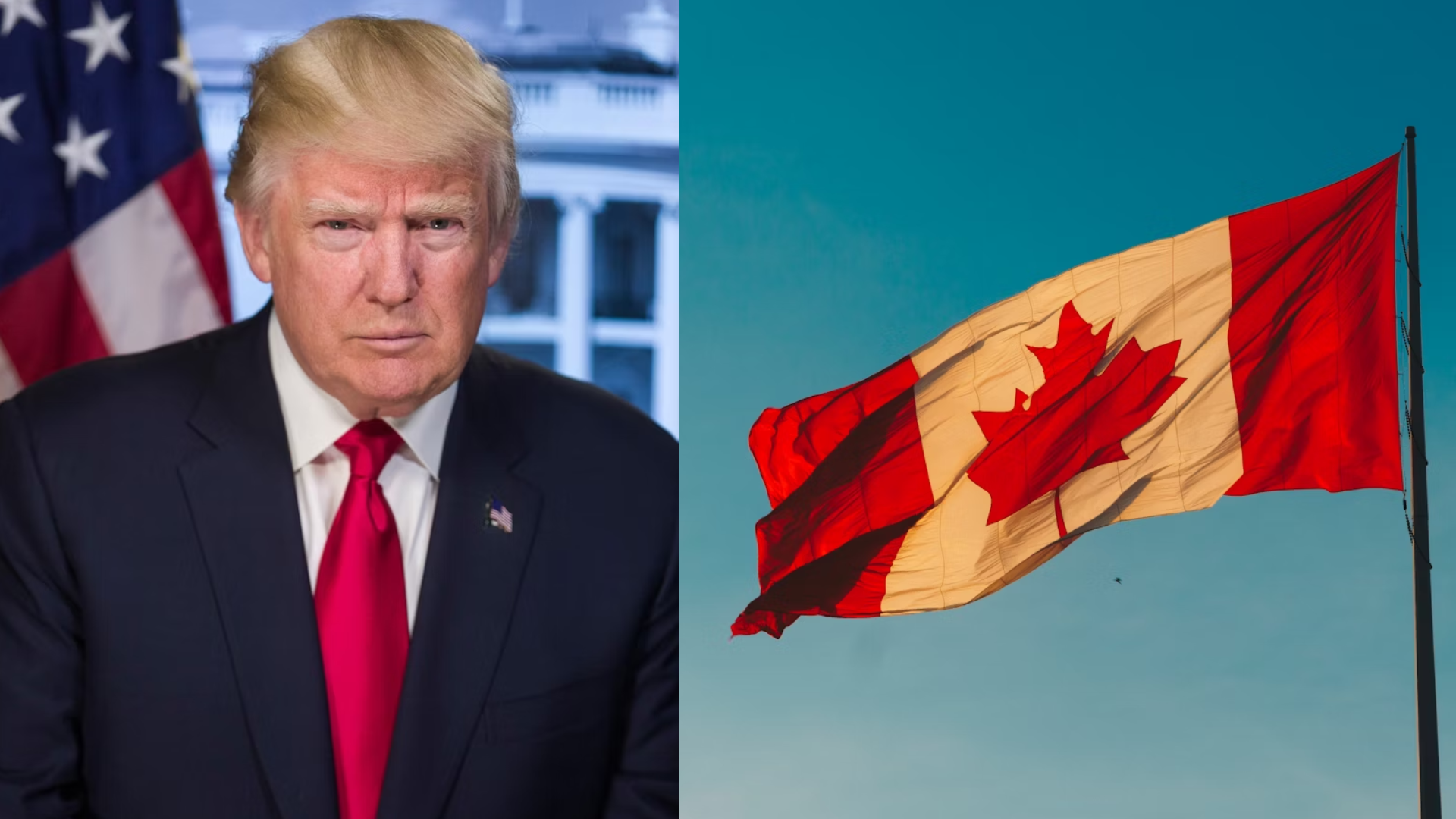The British pound fell below the 1.3300 level against the U.S. dollar on Monday, as renewed strength in the greenback and cautious market sentiment pressured sterling. The move marks a shift from last week’s relative stability, with traders now reassessing the outlook for both currencies amid diverging economic signals.
GBP/USD dropped to around 1.3275, with the dollar gaining traction across major pairs as investors responded to solid U.S. economic data and a hawkish tone from Federal Reserve officials. Rising Treasury yields and expectations that the Fed may keep rates higher for longer have helped reinvigorate demand for the dollar, reversing recent losses.
Meanwhile, the pound has struggled to find direction amid a mixed macroeconomic backdrop in the UK. Although inflation has eased slightly, growth remains sluggish and the Bank of England has offered few clear signals on the future path of interest rates, leaving markets uncertain.
Risk-off sentiment globally also played a role, with investors seeking refuge in the dollar as geopolitical tensions and concerns over global growth resurfaced. This environment tends to weigh on risk-sensitive currencies like the pound, especially in the absence of strong domestic drivers.
Technically, GBP/USD now faces immediate support near 1.3250, with resistance likely at the psychological 1.3300 threshold. Unless the UK delivers stronger-than-expected data or the Fed shifts to a more dovish stance, the pound may remain under pressure in the near term.
Looking ahead, traders will focus on this week’s U.S. GDP and UK retail sales reports, which could provide fresh direction. For now, the dollar’s momentum is dominating price action, leaving the pound vulnerable to further downside unless sentiment quickly shifts.
















